Exhibition | ‘Waxing Eloquent: Italian Portraits in Wax’
From the Fondazaione Musei Civici Venezia:
Avere una Bella Cera: Le Figure in Cera a Venezia e in Italia
Fortuny Museum, Venice, 10 March – 25 June 2012
Curated by Andrea Daninos

Francesco Orso, "Vittoria di Savoia Soisson," ca. 1785 (Castello di Agliè)
The exhibition aims to analyse a field that is little explored in the history of art, that of life-size wax figures; it is a fascinating subject and one that in recent years has stimulated interest from many contemporary artists, but until now no exhibition had been dedicated to this theme. The exhibition project arises from two fortunate coincidences: the existence of a series of wax portraits in the public collections and churches of Venice, and the centenary of the first study dedicated to the history of waxwork portraiture, Geschichte der Porträtbildnerei in Wachs, written by the famous Viennese art historian, Julius von Schlosser. The first Italian edition of this work has recently been published, edited by Andrea Daninos.
The exhibition will for the first time bring together the few existing examples of this genre in Italy, presenting them in an itinerary that begins with the theme of the cast and funeral mask. The first section will display a series of wax funeral masks of Venetian doges (eighteenth century), an all but unique example of the use of wax “doubles” in funeral ceremonies. The visitor will then be able to admire the only visual example to have survived of life-size votive figures, Vincenzo Panicale’s Libro dei miracoli, an early seventeenth-century manuscript documenting the votive figures in the Sanctuary of S. Maria della Quercia in Viterbo.
This is followed by the faces of saints and criminals, two recurrent subjects in the tradition of wax portraiture. The former are represented by 12 busts of Franciscan saints dating from the eighteenth century; made of wax, with glass eyes and real hair, these works constitute a complete group in this unusual religious iconography. In contrast, the visitor will also come face to face with a series of portraits of criminals made at the end of the nineteenth century by the pupil of Cesare Lombroso, Lorenzo Tenchini.
The central section of the exhibition is dedicated to the tradition of wax portraiture in Italy. It is introduced by two life-size portrait figures of eighteenth-century Venetian children. These two works, mentioned by Schlosser and Mario Praz, who compared them to the protagonists in Henry James’s Turn of the Screw, are kept in the storerooms of Palazzo Mocenigo and have not been put on public display for decades. They will certainly astonish the visitor for the quality of the execution and their disturbing realism.
The school of Bologna, the only town in Italy in which the art of life-size wax portraiture became widespread, will be represented by some of the specialists in the genre, including Anna Morandi Manzolini, Luigi Dardani and Angelo Gabriello Piò. In its last section, the exhibition will present the works of two artists who worked outside Italy, and who specialised in waxwork exhibitions. The first of these is Joseph Müller-Deym, a mysterious Austrian aristocrat who owned a famous waxworks museum in Vienna in the eighteenth century, and who will be represented here by his portrait of Maria Carolina of Austria. The other is a Piedmontese artist, Francesco Orso, who opened an analogous waxworks show in Paris during the years of the French Revolution. The present exhibition will display the works he produced for the Savoy court.
The rich and exceptional nature of the works on show is the result of the generosity of the loans from churches, scientific universities and museums, including the Museo del Dipartimento di Anatomia Umana, Farmacologia e Scienze Medico-Forensi of the Università di Parma, and the Palazzo Reale in Naples.
◊ ◊ ◊ ◊ ◊
From ACC Distribution:
Catalogue: Andrea Daninos, ed., Waxing Eloquent Italian Portraits in Wax (Officina Libraria, 2012), 160 pages, ISBN: 9788889854839, $28.
 This catalogue analyses a field of art history that only recently has been given renewed attention with the translation in French (1997), English (2008) and Italian (2011) of Julius von Schlosser’s History of Portraiture in Wax, originally published in German a century ago. The exhibit and the catalogue will present all life-size figures in wax present in Italy starting with the death masks in wax of the Venetian dogi (XVIII century), which were used as funeral effigies. The Book of Miracles, a XVII century manuscript illustrated in watercolours, documents the use of wax statues as ex-voto in churches. The heads of saints (12 Franciscan saints from the church of the Redentore in Venice) and criminals (8 manufactured in the late XIX century in Turin) will constitute another section. But the main section is dedicated to portraiture in wax and will see the presence of 7 busts and 2 full-size portraits of children, all from the XVIII and XIX century.
This catalogue analyses a field of art history that only recently has been given renewed attention with the translation in French (1997), English (2008) and Italian (2011) of Julius von Schlosser’s History of Portraiture in Wax, originally published in German a century ago. The exhibit and the catalogue will present all life-size figures in wax present in Italy starting with the death masks in wax of the Venetian dogi (XVIII century), which were used as funeral effigies. The Book of Miracles, a XVII century manuscript illustrated in watercolours, documents the use of wax statues as ex-voto in churches. The heads of saints (12 Franciscan saints from the church of the Redentore in Venice) and criminals (8 manufactured in the late XIX century in Turin) will constitute another section. But the main section is dedicated to portraiture in wax and will see the presence of 7 busts and 2 full-size portraits of children, all from the XVIII and XIX century.
C O N T E N T S
Andrea Daninos, Wax Figures in Italy: A Brief History
Guido Guerzoni, Aureae Cerae: Production, Distribution and Consumption of Wax Artefacts in Modern Europe
Giovanni Ricci, Masks of Power: Funeral Effigies in Early Modern Europe
Emanuele Trevi, Written Waxes: Figures in Wax as Inspiration in Modern Literature
Catalogue Entries
Index of Names
Andrea Daninos has studied ceroplastic – the art of modelling in wax – for many years. He recently held a course on the subject at the University of Milan and he has edited and annotated the Italian translation of Julius von Schlosser’s History of Portraiture in Wax (Milan: Officina Libraria 2011), the seminal book on the argument.
Guido Guerzoni teaches Cultural Heritage and Art Markets at the Università Lugi Bocconi in Milan. His research interests are focused on the cultural and arts markets and his latest book has been translated into English in 2011 (Apollo and Vulcan: The Art Markets in Italy, 1400-1700, Michigan State University Press).
Giovanni Ricci is professor of Modern History at the University of Ferrara. He is the author of several books on urban history, the real and perceived presence of the Turks in Europe, marginal strata of society and social mobility, and funereal rites and their political use.
Emanuele Trevi is a literary critic and writer. He writes on a number of daily newspapers and has collaborated with RAI-3 Radio, one of Italy’s national radio stations. He lives in Rome.

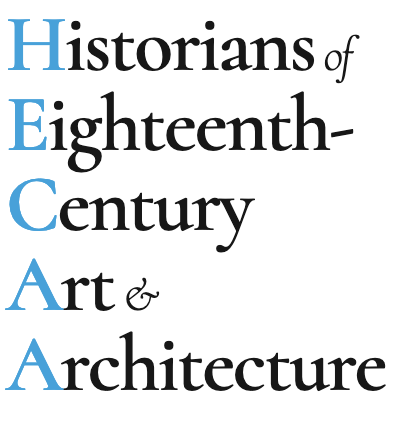

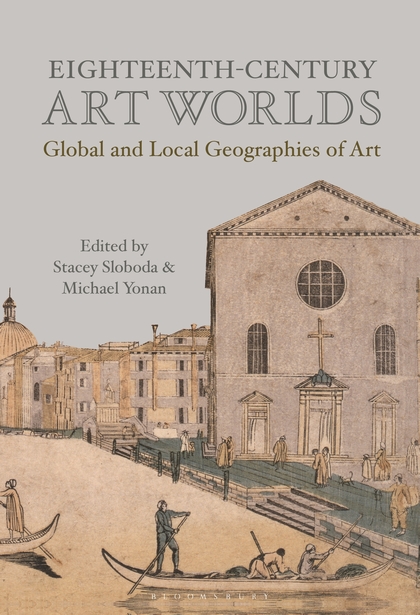

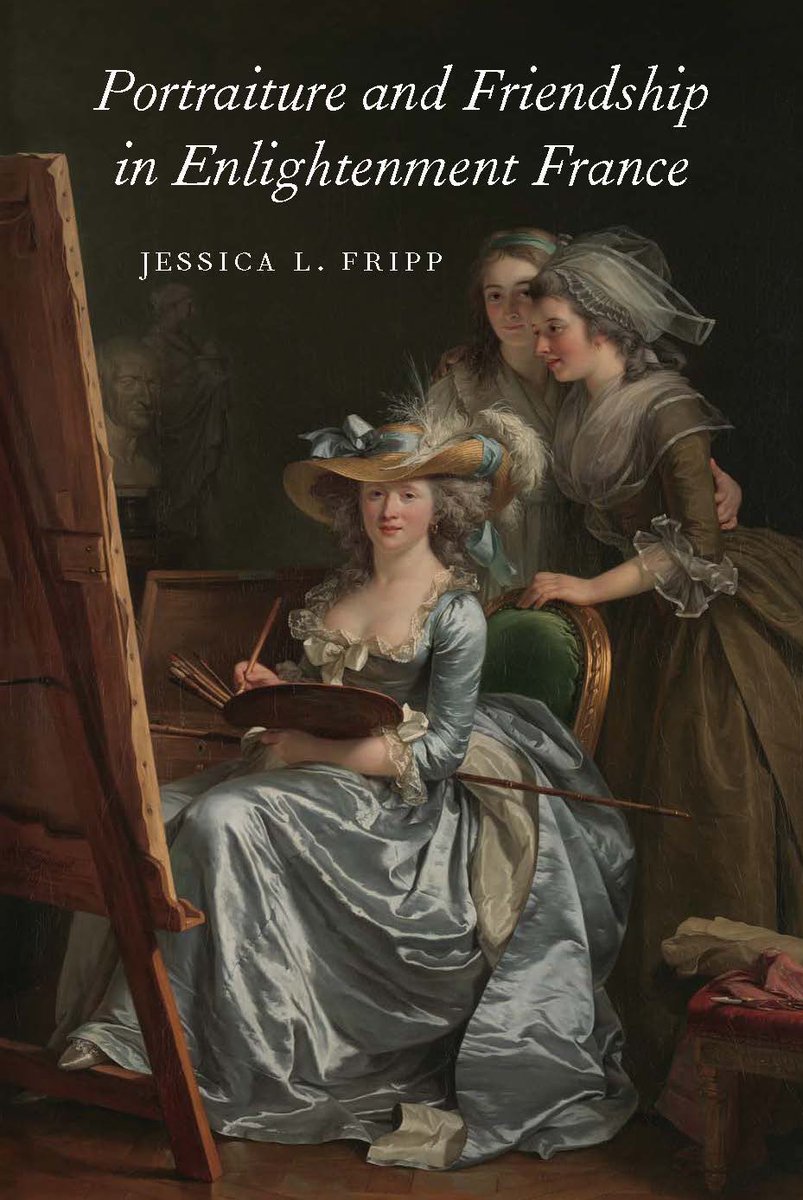















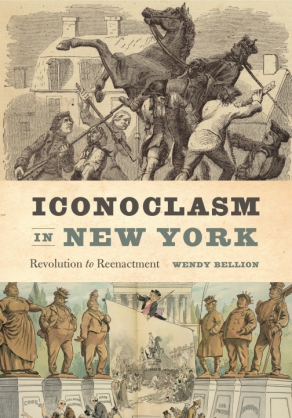



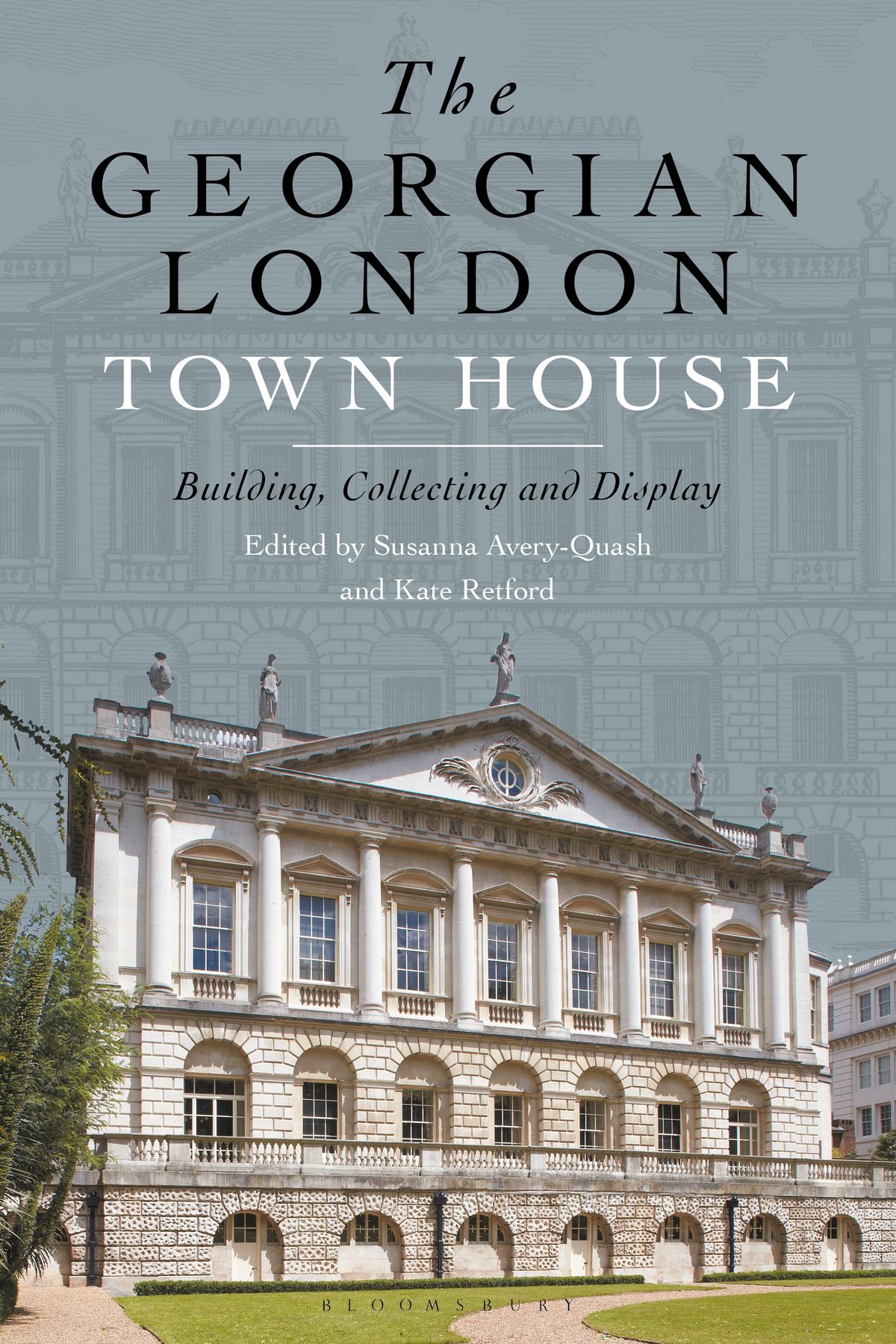


[…] of this exhibition appeared here at Enfilade back in March, but it’s nice to include a portion of Allison […]